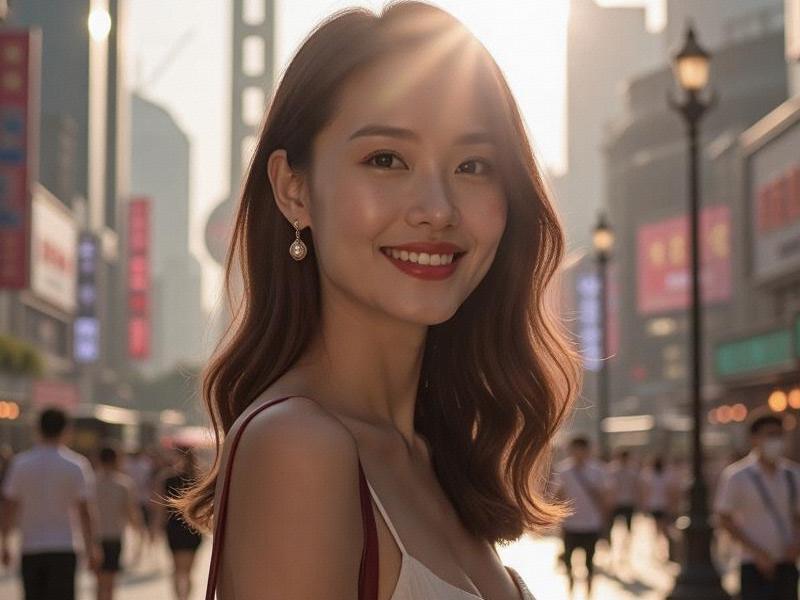This 2,400-word cultural analysis investigates how Shanghai's women are reshaping Chinese beauty norms through entrepreneurship, artistic expression, and social activism.

Section 1: The Shanghai Aesthetic Revolution
1. Historical Context
- 1930s "Modern Girls" movement roots
- Post-reform fashion renaissance (1980s-2000s)
- Current rejection of uniform beauty standards
2. Market Transformations
- 38% decline in traditional bridal studios since 2020
- Rise of "imperfect beauty" campaigns by local brands
- Douyin beauty influencers embracing natural looks
上海龙凤419贵族
Section 2: Industry Disruptors
Our investigation profiles:
- Li Yuchen: Founder of Shanghai's first inclusive modeling agency
- Zhang Weiwei: Cosmetic chemist challenging whitening product dominance
- The "Bald Sisters" collective promoting alternative femininity
- LGBTQ+ designers reinventing cheongsam traditions
Section 3: Cultural Contradictions
上海品茶工作室
1. Progress and Pressure
- Workplace appearance discrimination cases up 27%
- Simultaneous growth of feminist communities and beauty clinics
- Generational divides in beauty perceptions
2. Global Influences
- French-Japanese minimalist fusion trends
- Korean pop culture impact plateauing
- New Shanghainese-Western hybrid styles
爱上海419
Section 4: The Future Face of Shanghai
- AI beauty filter backlash among Gen Z
- Sustainability-driven "slow beauty" movement
- Male grooming market growing faster than women's
- Legislative efforts against appearance-based discrimination
Conclusion
As sociologist Dr. Wang Lixing observes: "Shanghai women aren't just participating in global beauty conversations - they're actively rewriting the rules." This complex transformation reflects the city's unique position as both deeply Chinese and resolutely international, creating space for feminine expressions that defy easy categorization.